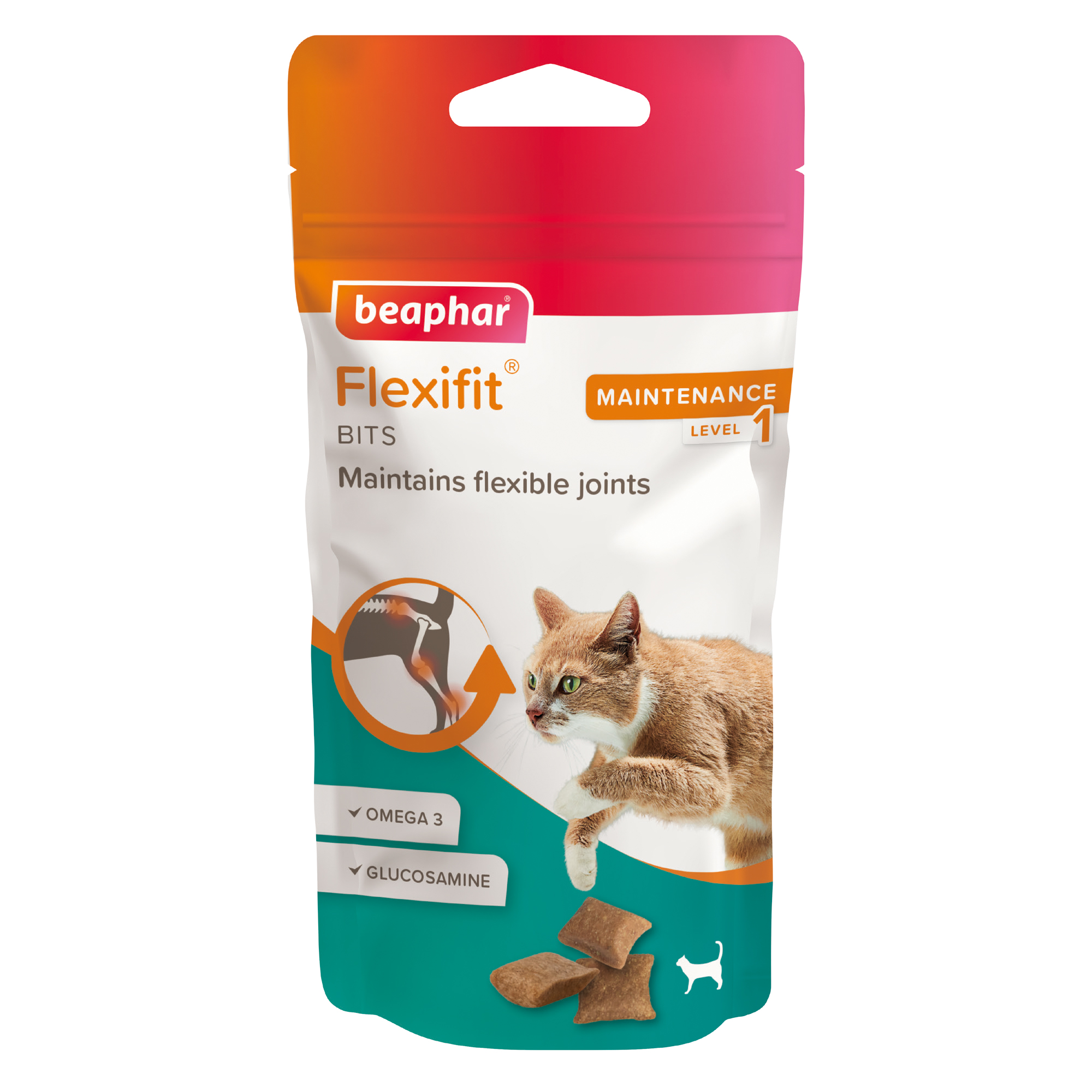Canine joint disease, what is it, and how can I support my dogs joints?
Two in five dogs and cats of all ages and breeds can have joint disease1,2 so if your dog is affected by canine joint disease, you’re not alone. But don’t worry, there are several steps you can take to support your dog's joint health at home and make their day-to-day life as comfortable as possible. This article will help you understand joint disease in dogs, as well as provide practical tips and insights to help you manage your dog's condition effectively.
What is canine joint disease?
Canine joint disease refers to a range of conditions affecting the joints of dogs, leading to pain, inflammation, reduced mobility, and can also lead to hip dysplasia in dogs. Many different conditions fall under the umbrella term of joint disease, but it will almost always lead to pain and reduced mobility. For example:

Osteoarthritis in dogs
Osteoarthritis is similar in its symptoms (also known as clinical signs) to humans. It usually occurs secondary to joint injury or a condition like hip dysplasia. Whatever the initiating cause, the end result is loss of the healthy joint cartilage that covers the ends of the bones and joint pain. Osteoarthritis is typically more common in older dogs, but any age of dog can be affected.
Hip dysplasia in dogs
Hip dysplasia is a joint disease in which one, or typically both hip joints develop abnormally. Most cases are hereditary, and large breeds such as Great Danes, Saint Bernards, Labrador retrievers, and German shepherds are at increased risk.
While joint diseases like osteoarthritis and hip dysplasia cannot be cured, they can often be effectively managed. Supplements, changes to a dog’s living environment and appropriate care, can help affected dogs to maintain a good quality of life for as long as possible.
What are the symptoms of joint disease in dogs?

Joint disease can present in several different ways in dogs and it’s not always easy to spot. Typical symptoms include:
- Limping or lameness
- Stiffness, especially after rest
- Reluctance to move
- Lagging behind on walks
- Reduced interest in playing
- Difficulty jumping e.g. into the car boot
If your dog is showing any of these symptoms, don’t ignore them – there are actions you can take to support your pets joint health. If you are concerned about your pet you should also consult your vet.
What should I do if my dog has canine joint disease?
If your dog has joint disease, there is lots that you can do to support their joints and manage their symptoms. Read on to learn how.
Managing your dog’s weight with exercise and diet
Keeping your dog at a healthy weight is one of the most important things you can do to support their joint health. After all, carrying excess weight puts extra strain on joints. Alongside watching your dog’s calorie intake, exercise is key. Regular daily exercise is best for pets with joint disease. As a rule, frequent shorter walks every day are better than limited weekday walks and long countryside rambles at the weekend, for example. Of course, it’s important to tailor your dog’s exercise to their individual needs. If you need some specific exercise ideas for your dog, check out our recent article.
But how much exercise should a puppy get? Read our guide
Creating a comfortable home environment
If you notice that your dog is struggling with jumping up and down from the sofa, slow to jump into the car or hesitant about navigating the stairs, consider alterations you can make to the home environment to minimise their need to do these things.
For example, if your dog typically sleeps upstairs, think about moving their bed downstairs and introducing a cushioned orthopaedic pet bed to support their joints as they sleep. And you can also invest in a ramp to help your dog into the car or up the steps to the front door.
The power of joint supplements
Joint supplements, such as the Flexifit® range, are another way that you can support your dog’s joint health. Look out for ingredients such as glucosamine, omega 3, vitamin C and calcium.
- Glucosamine: a building block of cartilage, helping to give cartilage strength, structure and shock-absorbing properties
- Omega 3 fatty acids: natural anti-inflammatory action
- Vitamin C: anti-oxidant
- Vitamin E: anti-oxidant
- Calcium: supports bone strength
For dogs and cats that are starting to show signs of stiffness, Flexifit® Paste helps soothe stiff joints and maintain joint mobility. With glucosamine, omega 3, and vitamins C and E, the multi-action formula is easy to administer either mixed with food or given directly and it’s tasty too!
The best joint supplements for dogs are for those furry friends with joint stiffness or reduced mobility that need additional support. Beaphar Flexifit® Joint Care Chews are a soft, tasty, one-a-day supplement to support joint function in dogs. The advanced, multi-action formula contains Undenatured Collagen Type II (40 mg UC-II®/chew), which has a unique and innovative mode of action and is able to activate the immune system to help soothe, comfort and support joint structure (insert link here).
Check out the complete Beaphar Flexifit® supplement range below:
References
- Wright, A. et al. (2022) Identification of canine osteoarthritis using an owner-reported questionnaire and treatment monitoring using functional mobility tests. J Small Anim Pract. 63(8):609-618
- Enomoto, M. et al. (2019) Anti-nerve growth factor monoclonal antibodies for the control of pain in dogs and cats. Vet Rec. 184:23
Explore Our Blogs to Learn About Joint Support for Dogs
The Beaphar Joints Hub is your go-to resource for pet joint care, offering detailed guidance on issue prevention and treatment.






